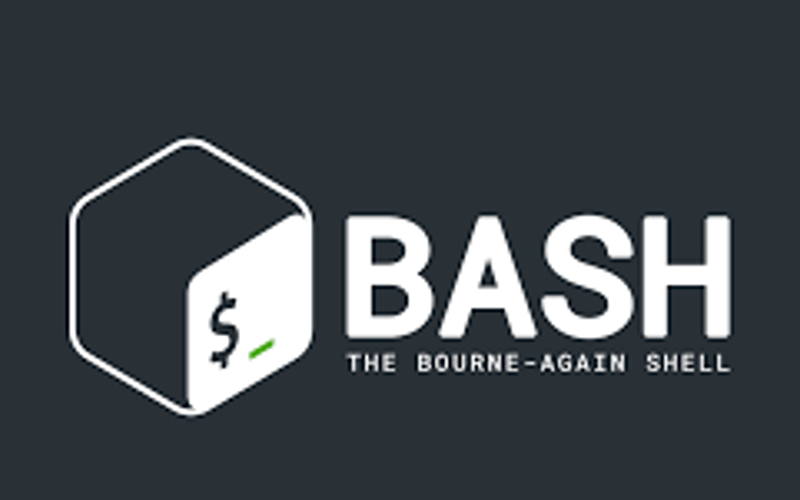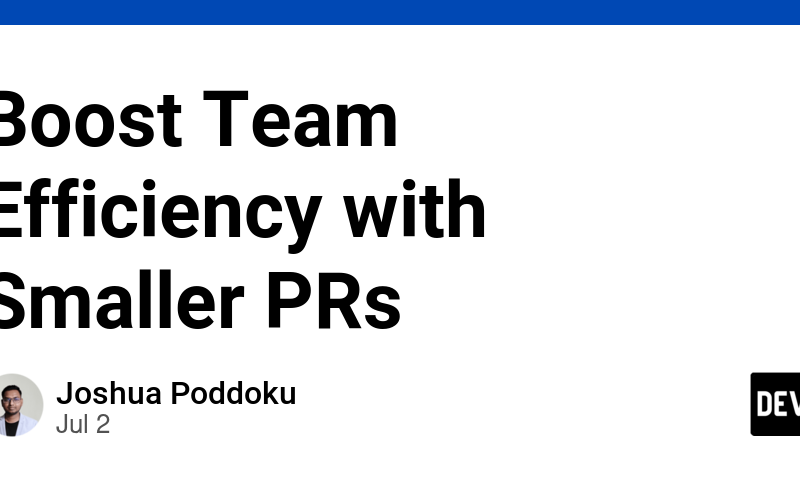13
Jul
What is GitHub WebhookGitHub Webhooks are a feature of the GitHub platform that allow developers to receive notifications about events that occur in a GitHub repository. Webhooks are HTTP callbacks that are triggered by specific events in a repository, such as a new commit, pull request, or issue being created or updated. They provide a way to integrate external systems or services with GitHub and automate workflows based on repository activity. When an event occurs, GitHub sends a POST request to a specified URL (endpoint) configured by the developer, containing information about the event. Developers can secure their webhooks by…










